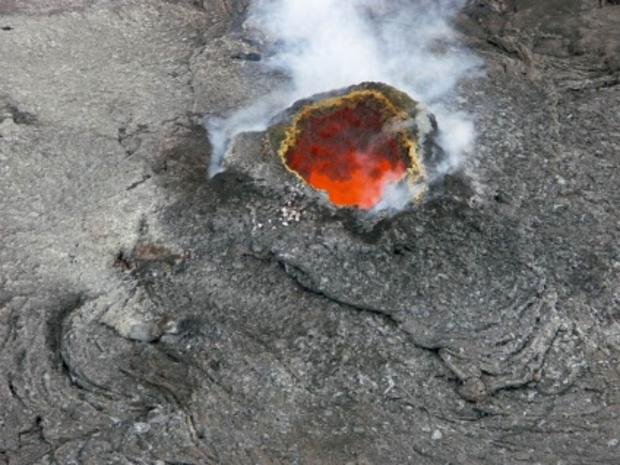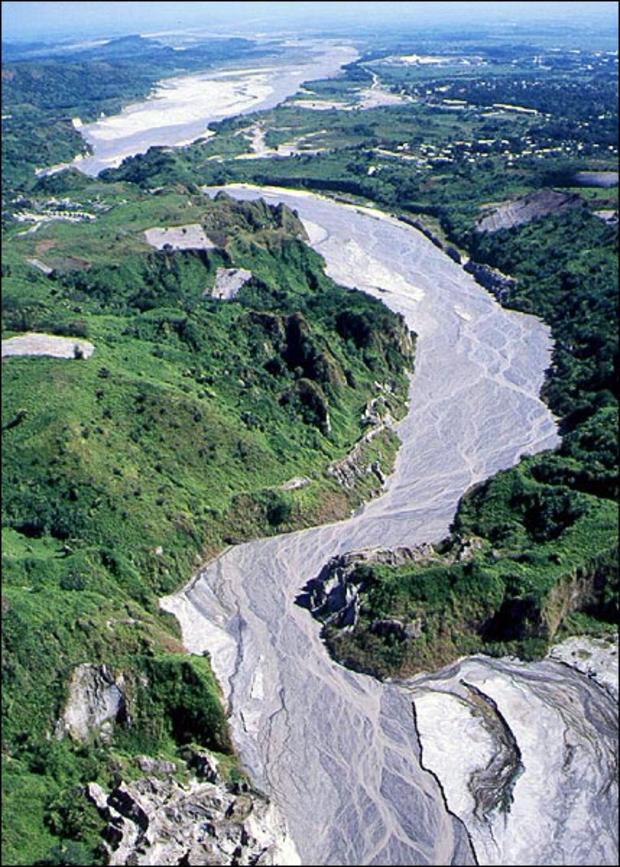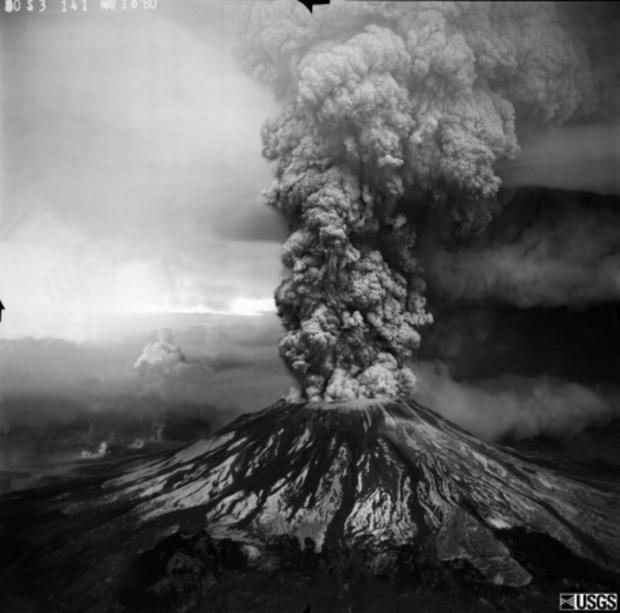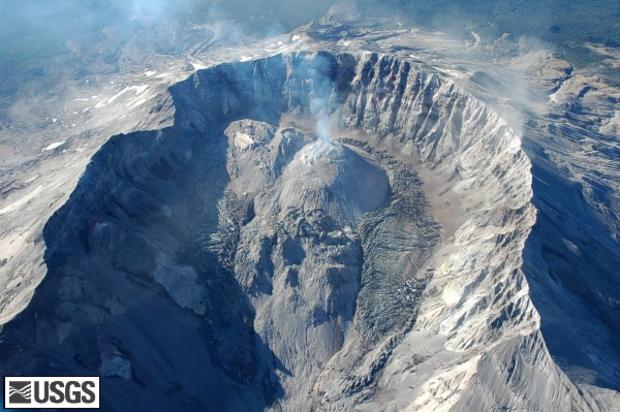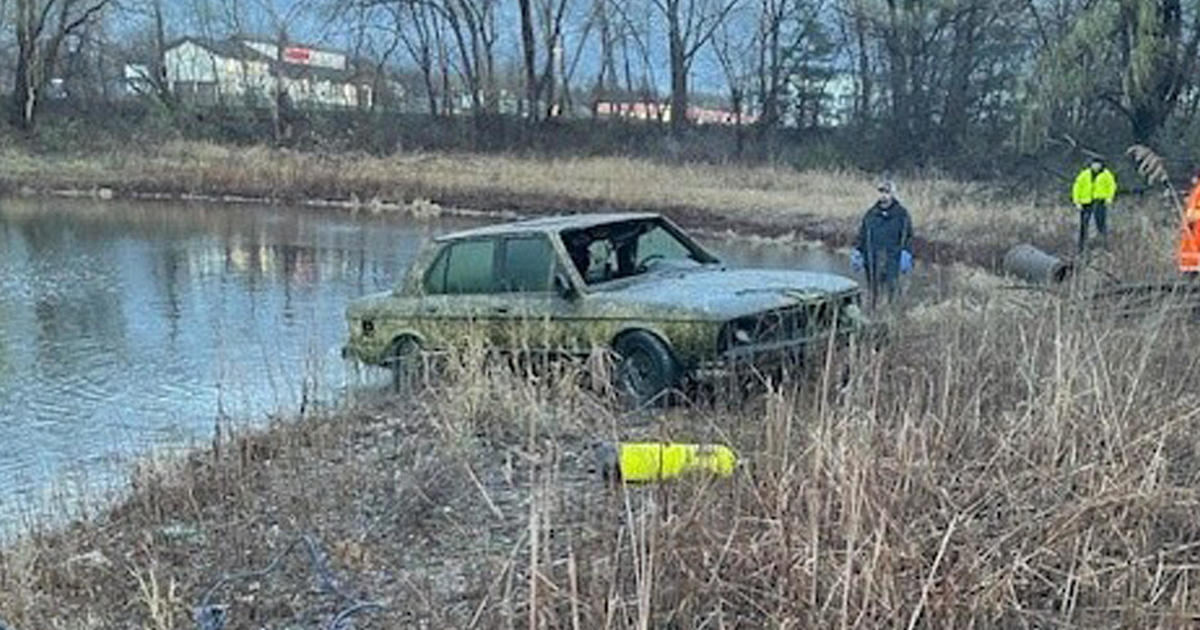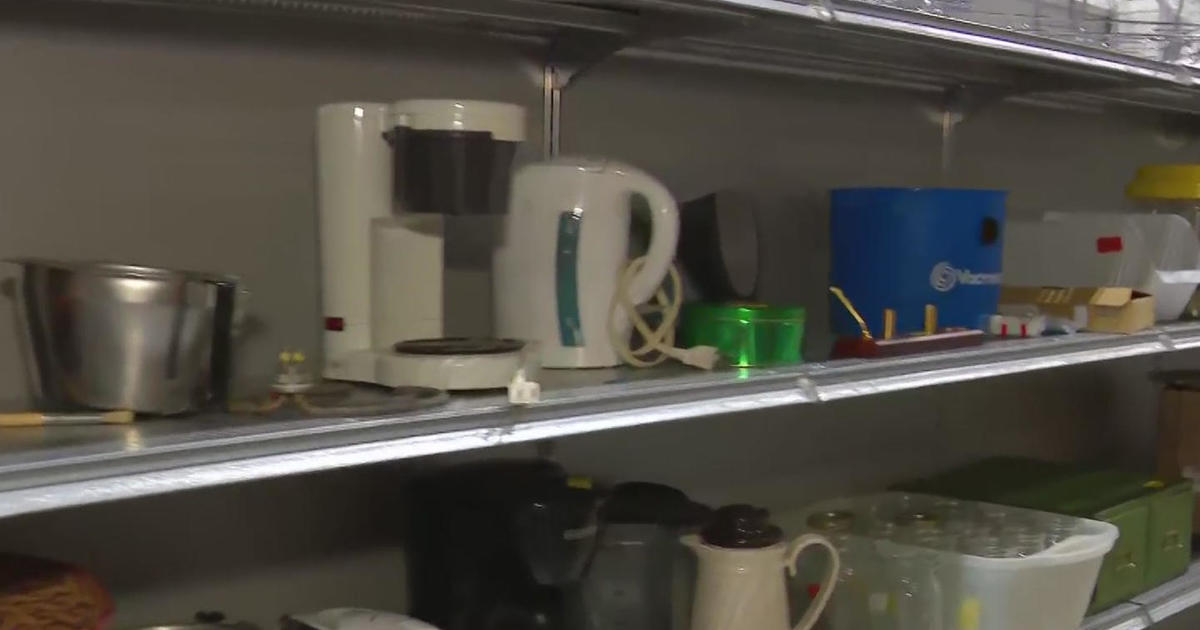Lauren's Science Corner: Lava, Lahars, and Magma, Oh My!
On Friday, the Big Island of Hawaii declared a state of emergency as lava flows from the Kilauea volcano threatened a residential area. Mount Kilauea has been constantly erupting since 1983, yet in late-June new vents, cracks in the Earth's surface through which lava erupts, opened on the volcano's north-eastern flank.
Since then, lava has been flowing both under and above ground—according to the Hawaiian Volcano Observatory. Between Sept. 6 and Sept. 8, the lava flow advanced northward at a rate of 1,300 feet per day.
You might be thinking: "Duh, Hawaii is known for volcanoes." Or, perhaps, Iceland may come to mind. You might remember when the island's uniquely-named volcano Eyjafjallajökull caused major disruptions in air travel in 2010. But did you know that compared with Iceland's 32 active volcanoes, the United States has 169!
Of the 169 active volcanoes, 55 are designated as serious threats by the United States Geological Survey.
Mount Rainier in Washington State rates a "very high threat" level, the highest on the survey's five-tier threat scale, in part due to its close proximity to the suburbs of Seattle-Tacoma. The greatest risk from Rainier is not from lava, but from lahars, volcanic mudflow or debris flows.
The Cascade mountain range, of which Rainier is a part, is home to a total of 18 top-threat potential volcanoes, including Mount St. Helens, which notoriously erupted in 1980, killing 57 people, and remains the deadliest and costliest volcanic event in U.S. history.
The 1980 eruption was the complete package of cataclysm featuring:
-- A debris avalanche comprised of the volcano's entire northern summit
-- A lateral blast of pressurized magma merged with the debris avalanche and accelerated to 300 mph
-- Numerous pyroclastic flows (a down-sloping current of pulverized rock, ash and gas with temperatures up to 400°)
- The eruption column, or plume of ash and tephra (rock fragments), which rose 80,000 feet into the atmosphere and deposited ash in 11 U.S. states and 5 Canadian provinces.
This summer, a new volcanic gas monitoring station was installed on the lava dome (pictured below) within the crater of Mount St. Helens. Gas concentrations are measured daily and the data is sent back to the Cascades Volcano Observatory for analysis.
The composition of gases such as carbon dioxide, water vapor, and hydrogen sulfide can provide indicators of the internal behavior of the volcano.
For example, a measured increase in carbon dioxide output may reveal increased volcanic activity in that the gas is emitted from magma at lower depths than other volcanic gases, as such increased output may indicate that new, hot and fresh magma is rising up from below, eeek!
